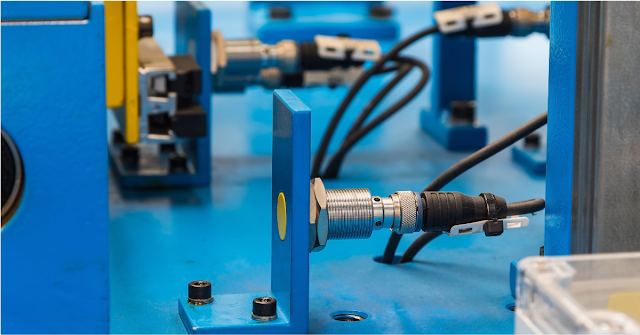Dry Contact vs Wet Contact
Introduction
In the world of electrical control systems and industrial automation, understanding the difference between dry contact and wet contact is crucial for designing reliable circuits and choosing the right components.
In this article, we’ll break down what dry contacts and wet contacts are, how they work, and what are differences.
What is a Dry Contact?
A dry contact, also known as a "voltage-free contact," refers to a switch or relay contact that does not supply voltage on its own. It acts like a mechanical switch that opens or closes a circuit independently of the source voltage.
Key Points:
-
No voltage output from the contact itself.
-
Requires an external voltage source for operation.
What is a Wet Contact?
A wet contact is a contact that is already powered or provides a voltage when it changes state (open or closed). The circuit carries a voltage signal from the device itself, eliminating the need for an external power source for signaling.
Key Points:
-
Internal voltage is present on the contact.
-
Directly provides a signal when activated.
Conclusion
Understanding dry contact vs wet contact helps in choosing the right wiring and control strategy for your automation project. Knowing these differences ensures better reliability, safety, and efficiency in your electrical control systems.







0 Comments